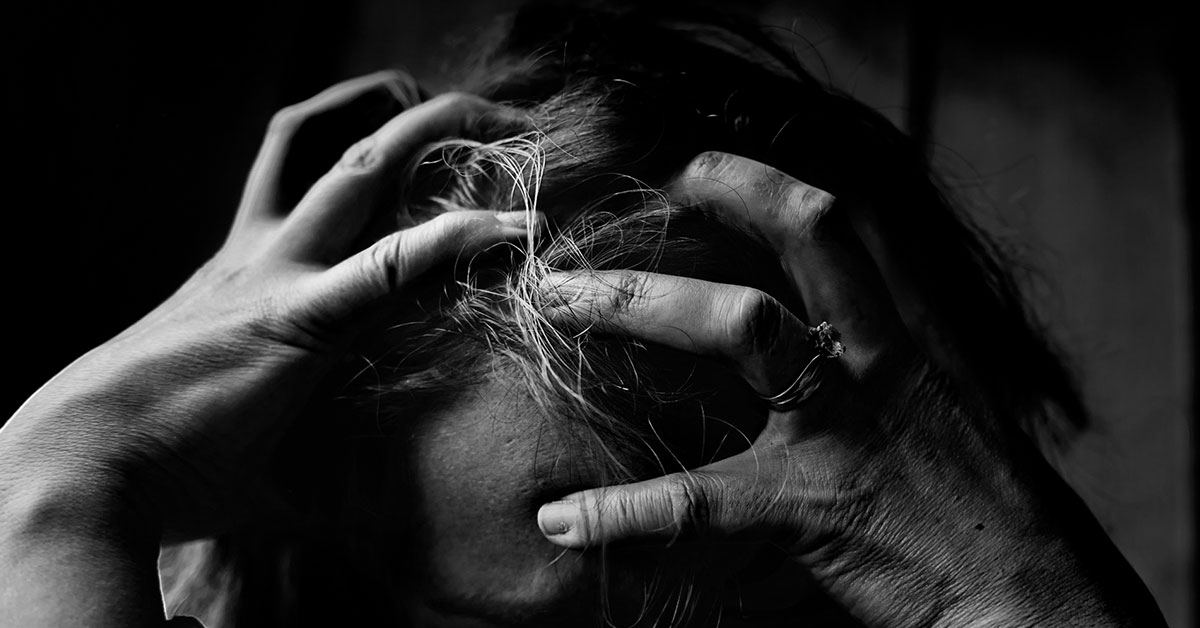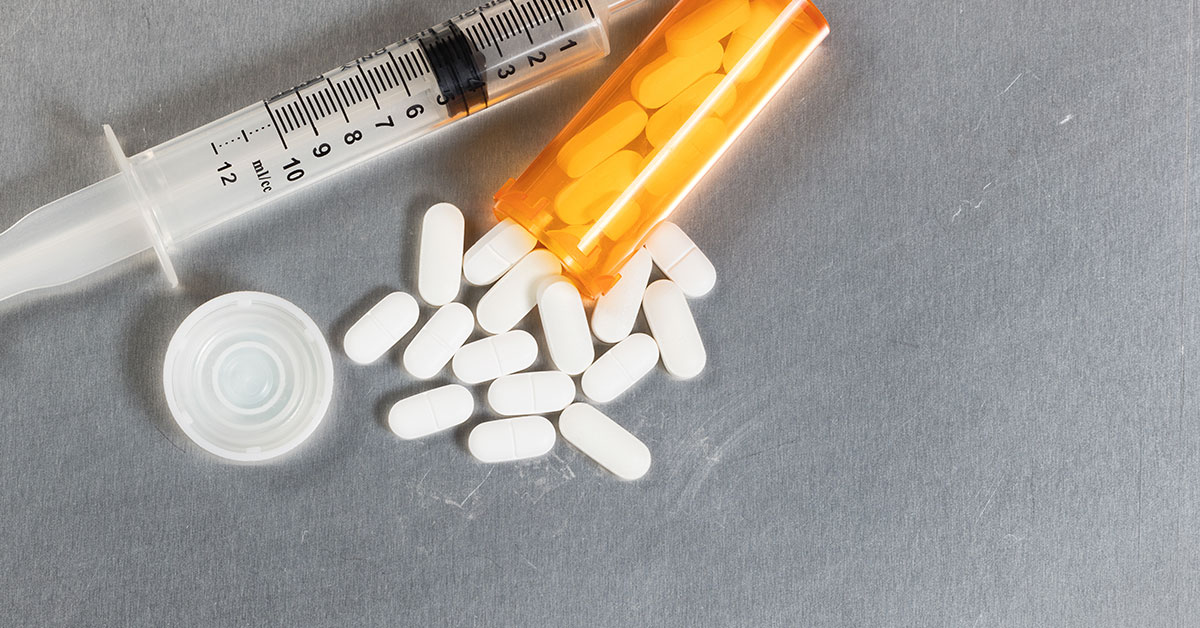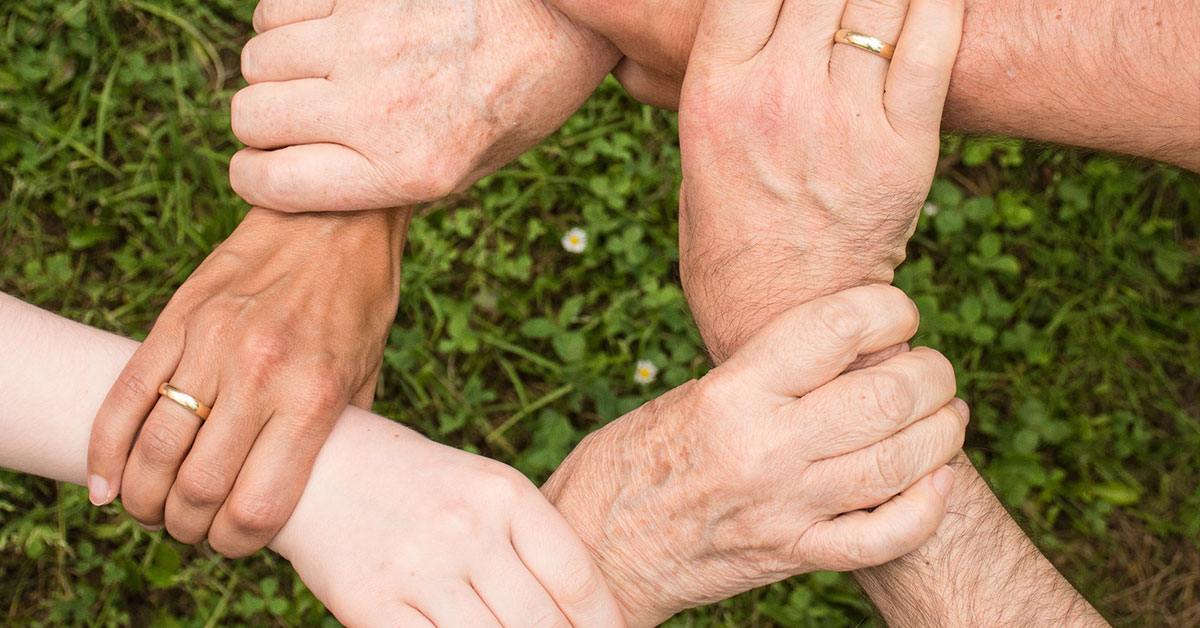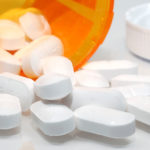03 Oct How Addictive Are Opioids?
Table of Content
Opioids are a group of drugs whose medical purpose is to treat acute and chronic pain. These are drugs like the painkillers: hydrocodone, fentanyl, and oxycodone. Opioid use is on the rise in the United States. Since 1999 prescriptions for opioids have quadrupled, making the US the number one consumer of opioids in the world. The powerful effects of these drugs make them one of the best treatments for pain, hence their evermore common usage, but that strength also makes them dangerously addictive. Opioid addiction is the leading cause of overdose deaths in America. Of the 52,000 drug overdose deaths in 2015, close to two thirds were caused by opioids.
Addiction can be a tricky subject because we are often conditioned to believe addicts get to where they are by some moral failing. However, doctors assert that addiction is in fact a physical and mental disease. It is a disease with no cure, but one that can be treated. With pharmaceutical options like methadone or therapeutic options such as detox clinics or twelve step programs (there are multiple ways to treat addiction).

Opioid addiction is a global problem and one that only seems to be worsening. Millions of people suffer from dependence on these drugs and thousands more will die over time because opioids are one of the most addictive drugs in existence. Sadly, at this point in time, there moving train that is opioid distribution and addiction seems only to be gaining speed.
To understand why opioid addiction is such a powerful force first we should explore exactly what these drugs are, where they come from, and how they work.
What Are Opioids?
To understand what opioids are, first we have to discuss their predecessors the opiates. Opiates drugs are derived from the alkaloids present in the sap of the opium poppy. Alkaloids are a class of chemical found in many different types of plant that have an effect on the human body (though not all alkaloids have as strong an effect as the ones present in the opium poppy). Opium itself is the granddaddy of all of these drugs, the distilled sap of the poppy which is either smoked or drank. From opium people eventually created morphine, the oldest pain killer still in use today. You’re most likely to see used in a hospital for post-surgery recovery or in an emergency room for acute pain. Other opiates you’ve likely heard of are codeine, a strong prescription cough suppressant, and heroin, a street drug that is also called horse, smack, tar, or skag.
So what are Opioids? Opioids are laboratory made drugs that are synthesized from the original alkaloids of the poppy to mimic or enhance their effects. Some might be stronger, some might act in only one specific area of the brain, but all do share the same ultimate origin as their cousins the opiates. In fact these two groups share so much in common in terms of their use and their abuse that their names are often used interchangeably. For our purposes we will make the distinction clear because our focus is on the prescription drugs that have risen to prominence in discussions of addiction over the past several years.
Some common opioids are:
Oxycodone: the most common of the opioids and the one most often blamed for the epidemic levels of addiction facing the US, it is twice as powerful as morphine and nearly as addictive. While oxycodone is the generic name it’s more recognizable brand names include Oxycontin and Percocet. It is prescribed to treat medium, to severe pain and is usually administered in pill form. People using these drugs recreationally will crush the pills and snort them, mix them with alcohol, or dissolve them in water and inject them intravenously.
Hydrocodone: similar to oxycodone, it is used in less severe cases (after a tonsillectomy for example). Its most common brand is Vicodin, and while it is not as strong is just as easy to abuse. Also, because it is often prescribed for longer periods of time it can leave legitimate patients with symptoms of withdrawal just by virtue of the habituation of prolonged use.
Methadone: this is a strong painkiller used in cases of more intense pain, but it is most famous for its use as a treatment for people attempting beat opiate and opioid addiction. It can be used this way because it interacts with the brain in the same way as other opioids but does not create the euphoria that is so much a part of addiction.
Fentanyl: this opioid is at the center of a lot of recent controversy because it is one of the strongest. It is 100 times stronger than morphine and is only prescribed as an anesthesia or as a way to ease the pain of terminal, late stage cancer patients. It burst onto the illicit market recently and because of its strength has caused many overdose deaths in a short period of time.

How Do Opioids Interact With the Brain?
Opioids are effective treatments for pain because they essentially hijack the pain-signaling system in the body. Specialized nerves in the body called receptors are responsible for transmitting a lot of information to your brain. Your sense of touch, taste, smell, and hearing are all linked to your receptors. When receptors detect something harmful they send a sharp report to the brain. That’s pain. We’ve all felt it.
A subset of receptors in this system are called opioid receptors. They got that name because they have some of the same exact chemical structure as the alkaloids found in the opium poppy. When a patient or a street level user takes an opioid the chemicals present in the drug bind with the opioid receptors. This interrupts those receptors ability to transmit pain signals to the brain. As a secondary effect of this bond the opioid receptors engaged with the introduced opioids signal the body to release a flood of endorphins and dopamine. Dopamine is a chemical your brain produces that makes good things feel good. A cool breeze, a sunset, a bite of cake, a Mozart sonata, all these stimuli produce dopamine. The artificial flood of dopamine produced by opioid use is what creates the euphoria, the high, that people who use the drug recreationally are so intent on experiencing.
Why does your body have nerve receptors that seem purposely built to receive opioids? It’s something of a coincidence actually, but the real reason is your body has its own built in painkillers. These are endogenous (meaning “from the body”) opioids or endorphins. The word endorphin actually comes from combining the words endogenous and morphine. They’re your body’s built in morphine. This system works pretty well to balance all the nerves signaling the millions of external and internal stimuli you experience, but when opioids like hydrocodone are introduced which are many times more powerful, things in your brain chemistry just sort of go haywire.
Just How Addictive are Opioids?
We’ve got a handle on how opioids interact with your brain. Now how does that create the addiction that these drugs are rightly feared for? Addiction is usually defined as a continued use of a drug in spite of negative consequences in a user’s life. There are several layers to how this state comes about though.
As stated before, opioids highjack the pain signaling and pleasure producing systems in your brain and nervous system. The absolute flood of powerful dopamine and endorphins that a recreational dose of an opioid creates is unlike any rush a person can experience naturally. It is a very strong draw on anyone who’s tried it whether they are a short or long term user. This unique high is perhaps the single most important element of the strength of opioid addiction. Part of what makes that fact scary, and what makes opioid addiction insidious, is your brain does actually try to defend itself from those effects often resulting in dire consequences.

When an opioid creates the rush of dopamine and endorphins in your body, your brain notices the imbalance and seeks to correct it. It shuts down receptor cells, clamps down on dopamine production, and evens out it’s intake of these painkilling chemicals. What this means is the next time you take the drug your brain is ready. The same amount of opioid will not produce the same high. This is called tolerance, the body’s attempt to maintain balance. What this means for users is they will up the dosage of their drug of choice to achieve that high again. This puts the user on an endless cycle of tolerance that forces the need for more and more of the drug with the sure outcome being physical dependence and the likely outcome being eventual overdose and death (if they fall completely victim to their addiction).
Physical dependence is another element of what makes opioids so addictive. While the psychological addiction is created early, the desire to experience the high becomes intense, the cycle of tolerance means a physical addiction is soon to follow. As your brain is forced to continually cope with the rush of chemicals flooding its messaging pathways it eventually stops producing dopamine all together. This means an addict will essentially be unable to feel “good” without the aid of an opioid. The only dopamine comes from the brute force of an opioid high. People in the phase of addiction will be extremely lethargic, will suffer numerous physical side effects, and are likely to enter into devastating bouts of depression as other elements of their brain chemistry suffer from the imbalance created by the rollercoaster of opioid use.
Physical dependence creates the third element that makes opioids so addictive: withdrawals. As your brain copes with the wildly fluctuating chemical bath being introduced to it the neural pathways and receptor cells within it begin to change. This is part of physical dependence and means that if the drug is suddenly absent from an addict’s system the brain has a violent reaction. This creates terrible side effects that can be as far ranging as vomiting, cramping, skin crawling, shallow breathing, hallucinations, loss of motor control, and debilitating constipation. In fact the side effects from not having the drugs can be bad enough that just the fear or apprehension someone suffering from addiction feels at the prospect of experiencing them can keep a person hooked. It’s the fear of how it feels to be absent of the drug’s influence that actually keeps the user using.
The pain and fear that is associated with withdrawals is what accounts for a lot of the apparently aberrant behavior of opioid addicts. This is especially telling because even people who are prescribed opioids for a legitimate reason can end up in this situation. After a long prescription a person might find stopping use too painful, suffering withdrawal symptoms that would be familiar to a heroin addict, so they’ll go to a doctor and make up pain symptoms in order to get more of the drugs. They may do this with multiple doctors and have multiple prescriptions. If they can’t get a prescription they may turn to the black market, but illicit sources of prescription opioids like Percocet or Vicodin can be extremely expensive. This is why many addicts turn to the widely available and much cheaper heroin. Consider the power of that addiction: a person given a prescription of Vicodin to treat discomfort from having a tooth pulled runs the real risk of a heroin habit. This very phenomenon is being mass-exploited by the opioid crisis.
Over 2 million Americans in 2015 dealt with some level of opioid addiction as a result of being prescribed these medications by a doctor. Some 591,000 were addicted to heroin, many of this growing group began their opioid habit with a prescription of opioids. One survey found four or of five new heroin users started out with prescription drugs. Addiction is not unique to opioids, but those who use them are at a uniquely high risk of becoming addicted. Evidence of that fact can be seen year to year as those addiction figures continue to increase. Just from 1999 to 2008 the overdose death rate quadrupled, and in 2009 admissions in rehab facilities was six times the rate in 1999. These numbers continue to grow because of the addictive quality of opioids.
Part of the problem of opioid addiction is that they are some of the most effective treatments for pain available to modern medicine. Their use should not necessarily be discouraged because they can be abused, but their increased use has made a measurable impact on death rates and addiction treatment. Treatment of opioid addiction, while difficult, is possible. There are numerous treatments available such as detox centers, behavioral therapy, pharmacotherapy, and programs like Narcotics Anonymous. However the stigma of addiction is such that many people who suffer from the disease don’t seek treatment. This is unfortunate. Opioids are strong medicines that come with a risk, and a person who finds themselves in the grip of the disease of addiction should seek help for it in the same way they would seek help for any other disease.
Sources:
“Just How Addictive Are Opioids?” Science-Based Medicine. 15 Mar. 2019. https://sciencebasedmedicine.org/just-how-addictive-are-opioids/
“Opioid addiction.” NIH. 15 Mar. 2019. https://ghr.nlm.nih.gov/condition/opioid-addiction
“How Opioid Addiction Occurs.” Mayo Clinic. 15 Mar. 2019. https://www.mayoclinic.org/diseases-conditions/prescription-drug-abuse/in-depth/how-opioid-addiction-occurs/art-20360372



 678-771-6411
678-771-6411


No Comments